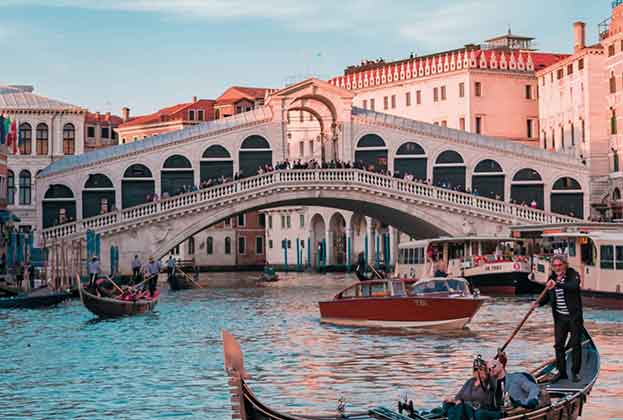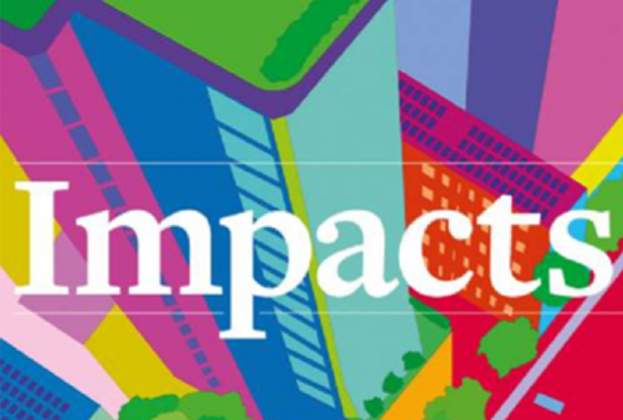Leased hotel yields in Prague are 125 bps higher than those in Paris
As investors struggle to find prime European commercial assets offering yields above 5 per cent, the latest Savills European Hotel Trends Outlook report finds that emerging European tourist cities, including those in Central and Eastern Europe (CEE) like Prague, offer higher yielding opportunities for those willing to take on more risk.
At a European-wide level, hotel transaction volumes remained high in 2018, exceeding that of 2017, according to data from Real Capital Analytics (RCA). By city, London continues to lead in terms of investment volumes, exceeding the previous 2013 peak by 10.2 per cent, followed by Paris.
However, strong investor appetite for leased hotels in mature markets like Paris, Berlin, London, Munich, Amsterdam and Frankfurt has resulted in compression and very keen relative pricing; prime leased hotel yields in Paris are the lowest at 3.5 per cent. This has meant emerging tourist markets are looking increasingly attractive for those investors looking for higher relative yields. Leased hotel yields in Prague are 125 basis points higher than those in Paris; Prague’s leased to vacant possession (VP) spread is a further 150bps.
Millennials spend on experiences
The above comes against a backdrop where CEE cities have seen some of the strongest revenue per available room (RevPAR) growth over recent years. Consumer spending preferences have started to lean more heavily in favour of experiences like holidays, which has resulted in total spend on accommodation services increasing 26.2 per cent across European nations over the five years to 2018. Key CEE European cities have been notable recipients of such growth, driving up occupancy rates and resulting in 11.9 per cent RevPAR growth in 2018 across the region, outstripping the strong Europe average of 5.2 per cent.
The cluster of strongly performing CEE markets includes Budapest and Bucharest, each with rapidly advancing tourism markets matched with substantial RevPAR growth in 2018. Prague also ranks highly in terms of both airport passenger growth and interest levels, though a particularly strong year in 2017 and extensive hotel stock has created marginal softening in 2018 RevPAR growth.
.jpg)
Source: Savills Research; Google Trends; AnnaAero
In 2018, Vaclav Havel Prague Airport saw a record 16.8 million passengers pass through it, far exceeding the previous record of 15.4 million recorded in 2017. Prague hotels are benefiting from the growing number of travellers. The average occupancy rate of Prague’s 787 accommodation facilities of all types has been continually improving and reached 81 per cent in 2018. Estimates for 2019 indicate a further increase above 82 per cent. The average room prices have risen by 20 per cent between 2014 and 2018 and the RevPAR rose by almost 10 per cent in 2018 compared with the 2017 figure.
Global brands arrive
The Savills report predicts that growth in tourism to these smaller emerging cities across Europe is helping to drive stock growth and enticing global brands into these previously underserved markets. Looking at Prague, this includes:
- Ritz-Carlton will open new hotel near Old Town Square by end-2022
- W Hotels Worldwide will open W Prague in renovated Grand Hotel Europa in 2020
The report concludes that the growing presence of global brands will help to improve the appeal of these cities to investors, while also increasing acquisition opportunities. While this has and will create some operational headwinds in certain markets (Warsaw being a prime example), for those cities with more constrained development opportunities – Prague has some of the most stringent planning rules in all of Europe – the impact on operational performance will be less pronounced.


.jpg)







